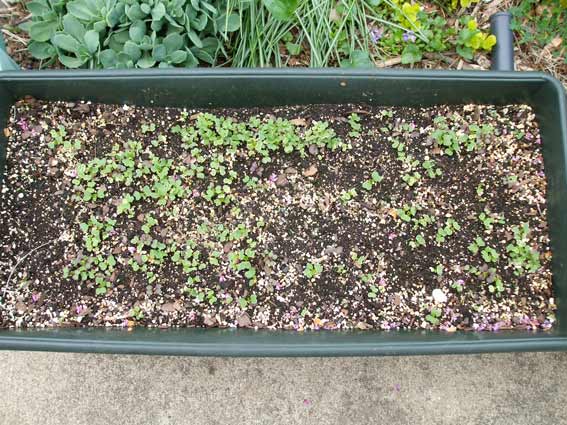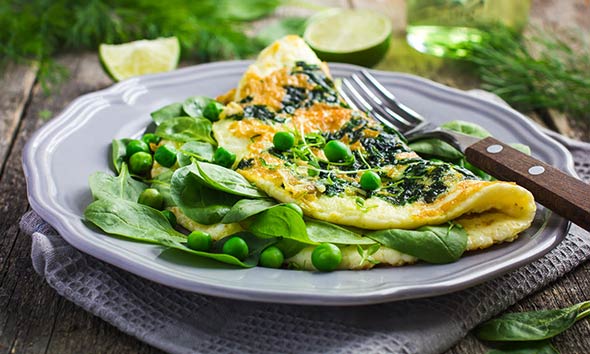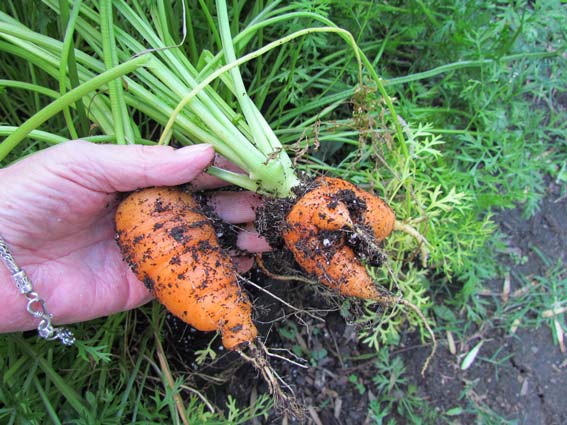How it Works: Preen Garden Weed Preventers
Here's how our Garden Weed Preventers prevent weeds before they even sprout rather than killing them after they’ve already had the chance to grow.
Although the growing season is past prime time, it’s not too late to sow some seeds in a pot for a few more weeks of fresh food. Gardeners and foodies alike can participate in this venture. You don’t even have to have a garden to accomplish this trick of growing food in fall. A porch, balcony, patio, stoop, or deck will do just fine. You don’t even need a full 6-8 hours of sun daily as do tomatoes and peppers. Trees will soon shed their leaves, opening canopies to make more light available.
All kinds of leafy greens fall under the lettuce category, from arugula to romaine. Look for seed packets of mixed leaf lettuces or single varieties at your local nursery, garden center, or online retailers. Sprinkle seeds over the surface of a potting mix (container mix is good, but garden soil is not suitable) in the container. Cover the seeds with a dusting of potting mix. Tamp down the surface lightly to ensure the seeds are in contact with the potting mix and water the pot gently so that the seeds are not disrupted from the soil. When they germinate, carefully remove individual seedlings periodically and replant elsewhere, to allow more space for plants to grow. Handle the babies by a leaf, not the stem that bruises easily. Remember you can eat the seedlings too– think those fancy baby lettuces. Lettuces are the most susceptible to freezing temperatures, so if the weather turns cold, tent a piece of cloth (a discarded bed sheet is fine, but avoid plastic) over the plants at night. Remove the covering during the day, unless it is below freezing.

Jo Ellen Meyers Sharp
Spinach is colder tolerant, with mature plants handling chills down to about 20˚ F. Apply a loose, 12-inch layer of straw atop the plants (protect from squirrels and other rodents), and you may be able to harvest spinach even through winter and well into next spring. Sow spinach seeds as for lettuce, but it is better to eat the thinnings rather than to replant them.

Enjoy fresh-picked fall spinach in omelets, salads and other dishes. Mature spinach plants can handle chills down to about 20° F.
This root veggie crop is easy and deliciously rewarding. Rather than the long, skinny carrots of grocery store fame, sow seeds for fat, squatty varieties such as 'Short Stuff', 'Short n' Sweet', or 'Imperator 58' when growing in a pot, 10 to 12 inches deep and wide. The blocky-shaped carrots are tasty eaten fresh or in salads. They are the perfect companion for soups or for roasting with potatoes and other vegetables for winter dinners. Sow seeds (see for lettuce) in the container. As the fern-like foliage begins to grow, pull and thin out plants that are crowded periodically. As they are underground, carrots tolerate cold temps more readily than leafy, above-ground plants. In fact, a chill or two enhances the sweetness of carrots. Usually short, fat carrots can be harvested in about 60 days, possibly a bit longer in cooler weather. Mound the pot with straw to extend the harvest (see spinach).

Jo Ellen Meyers Sharp